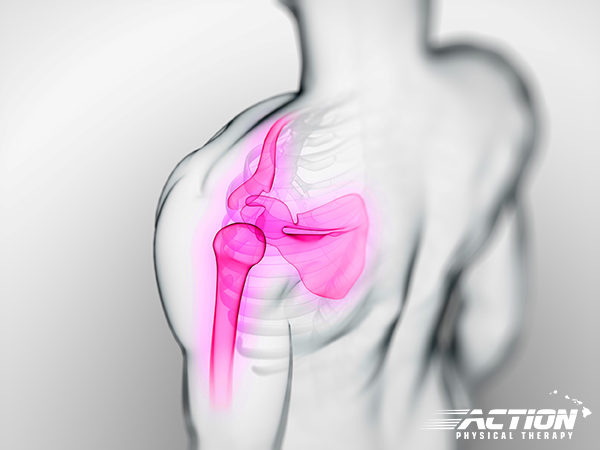Motor control retraining exercises for shoulder impingement: effects on function, muscle activation and biomechanics in young adults.
There is limited evidence motor control and strengthening exercises are effective in patients with subacromial impingement syndrome (SIS). The purpose of this study was to investigate the effectiveness of scapular motor control retraining exercises on pain and function outcomes as well as kinematic and neurophysiological parameters.
16 young adults with SIS and 16 healthy age and sex matched individuals were included. Subjects completed several patient reported outcome measures and a testing procedure consisting of arm elevation to 90 degrees in the sagittal, frontal and scapular plane while data was collected using surface electromyography and using a 3D motion analysis system.
After a 10 week motor control intervention including exercises for learning optimal scapular coordination and selective strengthening of the scapular muscles, and manual therapy techniques commonly used in clinical practice, immediate improvements in pain and function were present. Moreover, muscle recruitment patterns were altered significantly, leading to more adequate scapular kinematics. > From: Worsley et al., J Shoulder Elbow Surg 22 (2013) e11-e19. Published in Europe PMC.
- Visit the Pubmed summary for more information or click here for the free full text version.
- Reposted from www.anatomy-physiotherapy.com



